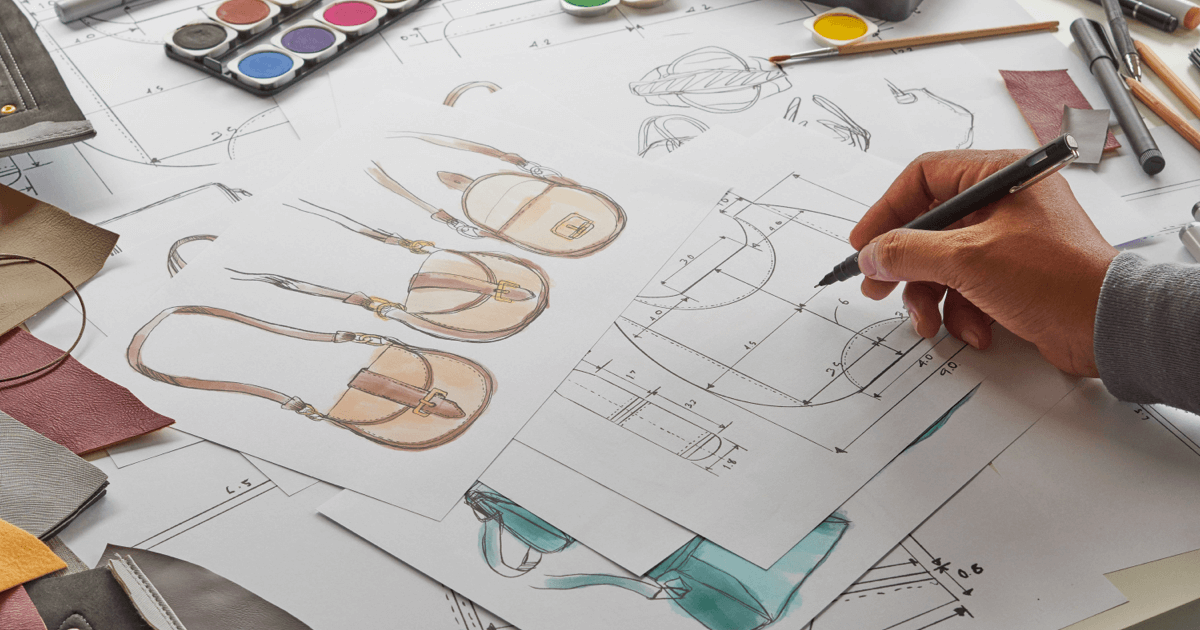
ACCESSORY DESIGN CAREER
A CAREER FOR OERFECTIONISTS
The elegance and demand of an accessory reflects how polished the final product is. An eye for the details is what you need to have to make a great career as an accessory designer…
Scope of Accessory Designing
Accessory designing includes the study and designing of theme based accessories like jewellery, shoes, bags or even scarves, and all kinds of their fashion add-ons. This is not just a part of fashion designing, but a whole new branch and career field. This field is basically lifestyle management and designing, which includes eye wear, footwear, jewellery and furniture etc. It is different from fashion designing and deals with different lifestyle products.
Different segments of specialized branch of accessory designing
Jewellery: Precious and traditional costume variety, gemstones and stones, contemporary silver or metal jewellery.
Home and interior products: Kitchenware or bathroom fittings, lighting and fixtures, home décor and furniture.
Fashion and lifestyle: Bags, luggage, sunglasses, hair accessories.
Corporate and offices: Desktop products, office furniture and designs.
The art of accessory designing
Like a fashion designer, an accessory designer must be updated about the history of the industry and further the current requirements of the industry. This industry is driven by style and trends that changes as per customer requirements, making the delivery of the final product challenging. They must be able to foresee the consumer’s demand of designs for accessories and launch the same.
An accessory designer can get ideas from anywhere. Be it a season, an old historical pattern, form of a building, or even from a print on a card. Once the idea is clear, a designer works with raw material of every form and brings the idea of life. They have the creative freedom to work with any type of raw material, be it from metal junk jewellery to the use of leather for shoes or hats. You just need creativity and eye for details to make a career out of it.
Seeking Admission
A good institute incorporates the skill-sets and makes you industry- ready through its extensive industry-par curriculum and pedagogy. Designers have to understand the design needs of their clientele, thus a degree in accessory designing from a good institution is important to equip such knowledge and skills.
If you have the required skill-set, you can pursue an accessory designing programme, available at Certificate, Diploma, Graduate and Postgraduate levels across design schools, institutions and polytechnics.
Most of the programmes are offered as a degree in Lifestyle Accessories Design. Besides pursuing a degree in lifestyle design, one may also pursue Bachelor’s in Fashion and go for a PG degree in the specialized field.
As a basic eligibility requirement, one needs to have passed certificate in 10+2 in any stream. For postgraduate programmes, one must have a bachelor’s degree in any subject.
Skills for an accessory designer
Besides being a perfectionist and a lover of details, you need to be creative, practical and technically sound. Accessory is not costume, it deals with tough raw materials like, precious stones, wires, leathers, and you must be able to work with such materials and produce a design that is a trend in itself.
Some of the skills required for the students are: Creativity, aesthetic sense, ability to visualize, an eye for detail, patience, communication skills, knowledge of raw materials, being precise and skills in presentation, drawing, marketing and being practical and technically sound.
If you have such skills and are creative enough to present your ideas into a final, remarkable product, this field a just a degree away. You need to have a bachelor’s degree in fashion or a diploma in one of the specialized accessories. A degree teaches you about materials, computer aided design technologics, aesthetic skills and how to incorporate your ideas into a final product. A Bachelor’s Degree in Design also teaches you about working on projects and developing a designer’s portfolio.
